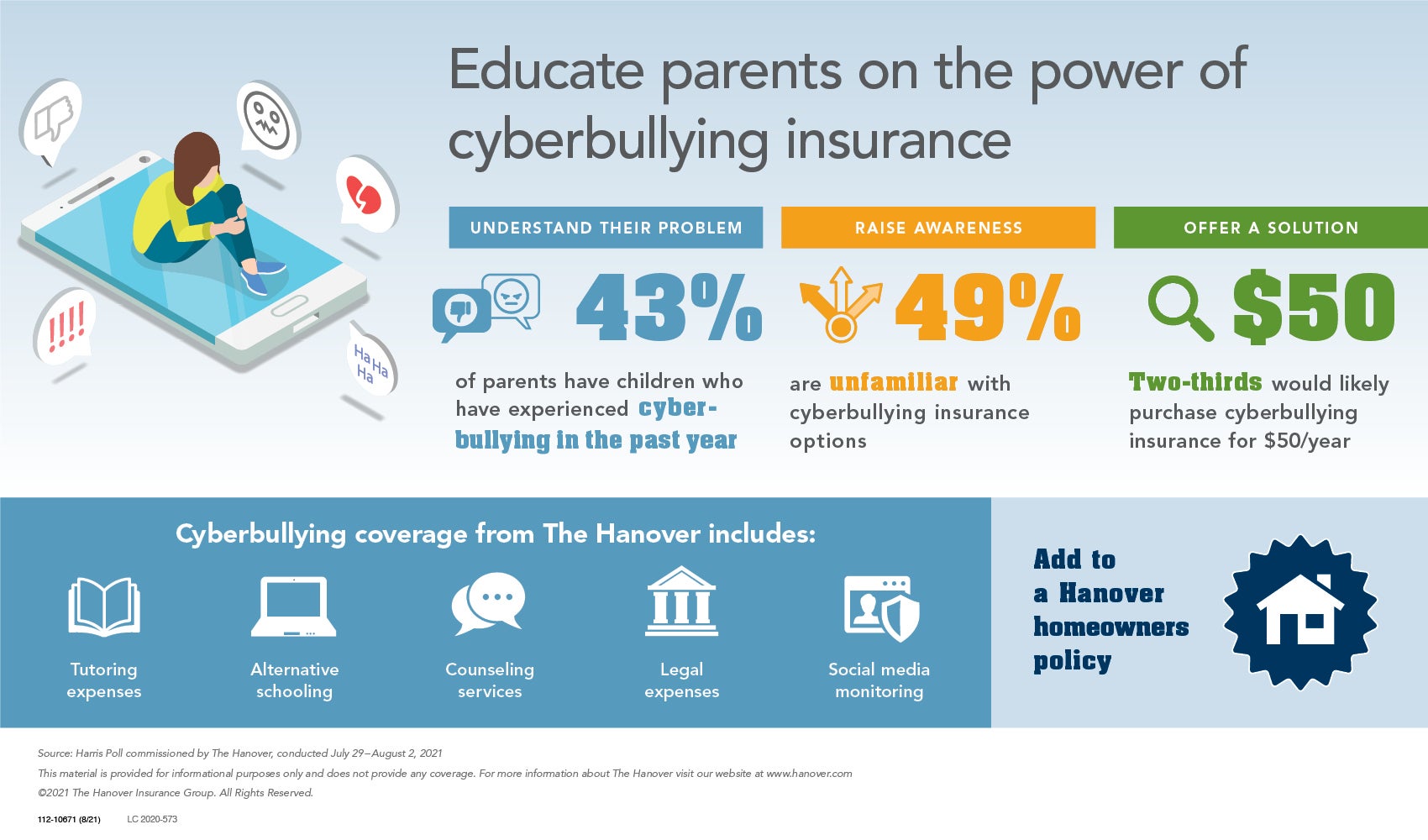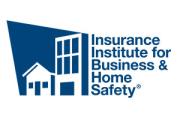How to protect yourself against home equipment breakdown costs

Your home’s appliances and equipment make living that much easier. In some cases, they’re “smart” or touchscreen – and sometimes use top-of-the-line technology.
Sometimes, though, things break unexpectedly. When this happens, you may need to pay a lot out-of-pocket to sustain your lifestyle – especially if they are smart or technically complicated.
The cost of convenience
Appliances break down - even newer, state-of-the-art equipment. According to a Consumer Reports survey of thousands of appliances, they found the following appliances had problem rates within the first five years:
- Refrigerators: 40%
- Dishwashers: 30%
- Ranges: 25%
- Washers: 30%
- OTR microwaves: 25%
- Dryers: 20%
Repairing some of the more common household appliances can cost hundreds of dollars – and that’s only if they can be salvaged.
When a piece of home equipment needs to be replaced, it can be an inconvenience and a burden on a home budget to both replace the equipment, not to mention additional costs for things like the loss of perishable goods to spoilage if your refrigerator stops working. Your replacement costs may include:
|
Common equipment breakdown |
Average cost to replace |
|---|---|
|
Refrigerator |
$1,500 |
|
Washing machine (with installation) |
$1,000-$2,000 |
|
New central air installation |
$5,660 |
|
Water heater (with installation) |
$1,176 |
|
Boiler (with installation) |
$5,678 |
|
Emergency generator |
Small: $2,500-$4,500 Medium: $4,000-$10,000 Large: $9,000-$15,000 |
Equipment breakdown coverage
Talk to your independent insurance agent about how equipment breakdown coverage can help you from paying plenty of money out-of-pocket in the event your appliance of piece of equipment needs to be fixed or replaced.
A product's warranty may help in certain situations, especially with a newer piece of home equipment when it comes to normal wear and tear. Many warranties, however, only apply based on how they break down. Equipment breakdown coverage can add extra peace of mind for appliances and other home equipment when there is mechanical or electrical failures that could happen with a power surge when your home loses power or if your home is struck by lightning.
As part of a customizable home policy, The Hanover has an equipment breakdown endorsement that can cover you up to $50,000 with a deductible of only $500. For Hanover Prestige customers, that coverage extends up to $100,000 in protection.
An agent can help you understand your options, including any expediting expenses you’d be entitled to as a policyholder.
Sources
LC 2021-485
How to protect yourself against home equipment breakdown costs
Your home’s appliances and equipment make living that much easier. In some cases, they’re “smart” or touchscreen – and sometimes use top-of-the-line technology.
Sometimes, though, things break unexpectedly. When this happens, you may need to pay a lot out-of-pocket to sustain your lifestyle – especially if they are smart or technically complicated.
The cost of convenience
Appliances break down - even newer, state-of-the-art equipment. According to a Consumer Reports survey of thousands of appliances, they found the following appliances had problem rates within the first five years:
- Refrigerators: 40%
- Dishwashers: 30%
- Ranges: 25%
- Washers: 30%
- OTR microwaves: 25%
- Dryers: 20%
Repairing some of the more common household appliances can cost hundreds of dollars – and that’s only if they can be salvaged.
When a piece of home equipment needs to be replaced, it can be an inconvenience and a burden on a home budget to both replace the equipment, not to mention additional costs for things like the loss of perishable goods to spoilage if your refrigerator stops working. Your replacement costs may include:
|
Common equipment breakdown |
Average cost to replace |
|---|---|
|
Refrigerator |
$1,500 |
|
Washing machine (with installation) |
$1,000-$2,000 |
|
New central air installation |
$5,660 |
|
Water heater (with installation) |
$1,176 |
|
Boiler (with installation) |
$5,678 |
|
Emergency generator |
Small: $2,500-$4,500 Medium: $4,000-$10,000 Large: $9,000-$15,000 |
Equipment breakdown coverage
Talk to your independent insurance agent about how equipment breakdown coverage can help you from paying plenty of money out-of-pocket in the event your appliance of piece of equipment needs to be fixed or replaced.
A product's warranty may help in certain situations, especially with a newer piece of home equipment when it comes to normal wear and tear. Many warranties, however, only apply based on how they break down. Equipment breakdown coverage can add extra peace of mind for appliances and other home equipment when there is mechanical or electrical failures that could happen with a power surge when your home loses power or if your home is struck by lightning.
As part of a customizable home policy, The Hanover has an equipment breakdown endorsement that can cover you up to $50,000 with a deductible of only $500. For Hanover Prestige customers, that coverage extends up to $100,000 in protection.
An agent can help you understand your options, including any expediting expenses you’d be entitled to as a policyholder.
Sources
LC 2021-485
How to protect yourself against home equipment breakdown costs
Your home’s appliances and equipment make living that much easier. In some cases, they’re “smart” or touchscreen – and sometimes use top-of-the-line technology.
Sometimes, though, things break unexpectedly. When this happens, you may need to pay a lot out-of-pocket to sustain your lifestyle – especially if they are smart or technically complicated.
The cost of convenience
Appliances break down - even newer, state-of-the-art equipment. According to a Consumer Reports survey of thousands of appliances, they found the following appliances had problem rates within the first five years:
- Refrigerators: 40%
- Dishwashers: 30%
- Ranges: 25%
- Washers: 30%
- OTR microwaves: 25%
- Dryers: 20%
Repairing some of the more common household appliances can cost hundreds of dollars – and that’s only if they can be salvaged.
When a piece of home equipment needs to be replaced, it can be an inconvenience and a burden on a home budget to both replace the equipment, not to mention additional costs for things like the loss of perishable goods to spoilage if your refrigerator stops working. Your replacement costs may include:
|
Common equipment breakdown |
Average cost to replace |
|---|---|
|
Refrigerator |
$1,500 |
|
Washing machine (with installation) |
$1,000-$2,000 |
|
New central air installation |
$5,660 |
|
Water heater (with installation) |
$1,176 |
|
Boiler (with installation) |
$5,678 |
|
Emergency generator |
Small: $2,500-$4,500 Medium: $4,000-$10,000 Large: $9,000-$15,000 |
Equipment breakdown coverage
Talk to your independent insurance agent about how equipment breakdown coverage can help you from paying plenty of money out-of-pocket in the event your appliance of piece of equipment needs to be fixed or replaced.
A product's warranty may help in certain situations, especially with a newer piece of home equipment when it comes to normal wear and tear. Many warranties, however, only apply based on how they break down. Equipment breakdown coverage can add extra peace of mind for appliances and other home equipment when there is mechanical or electrical failures that could happen with a power surge when your home loses power or if your home is struck by lightning.
As part of a customizable home policy, The Hanover has an equipment breakdown endorsement that can cover you up to $50,000 with a deductible of only $500. For Hanover Prestige customers, that coverage extends up to $100,000 in protection.
An agent can help you understand your options, including any expediting expenses you’d be entitled to as a policyholder.
Sources
LC 2021-485
How to protect yourself against home equipment breakdown costs
Your home’s appliances and equipment make living that much easier. In some cases, they’re “smart” or touchscreen – and sometimes use top-of-the-line technology.
Sometimes, though, things break unexpectedly. When this happens, you may need to pay a lot out-of-pocket to sustain your lifestyle – especially if they are smart or technically complicated.
The cost of convenience
Appliances break down - even newer, state-of-the-art equipment. According to a Consumer Reports survey of thousands of appliances, they found the following appliances had problem rates within the first five years:
- Refrigerators: 40%
- Dishwashers: 30%
- Ranges: 25%
- Washers: 30%
- OTR microwaves: 25%
- Dryers: 20%
Repairing some of the more common household appliances can cost hundreds of dollars – and that’s only if they can be salvaged.
When a piece of home equipment needs to be replaced, it can be an inconvenience and a burden on a home budget to both replace the equipment, not to mention additional costs for things like the loss of perishable goods to spoilage if your refrigerator stops working. Your replacement costs may include:
|
Common equipment breakdown |
Average cost to replace |
|---|---|
|
Refrigerator |
$1,500 |
|
Washing machine (with installation) |
$1,000-$2,000 |
|
New central air installation |
$5,660 |
|
Water heater (with installation) |
$1,176 |
|
Boiler (with installation) |
$5,678 |
|
Emergency generator |
Small: $2,500-$4,500 Medium: $4,000-$10,000 Large: $9,000-$15,000 |
Equipment breakdown coverage
Talk to your independent insurance agent about how equipment breakdown coverage can help you from paying plenty of money out-of-pocket in the event your appliance of piece of equipment needs to be fixed or replaced.
A product's warranty may help in certain situations, especially with a newer piece of home equipment when it comes to normal wear and tear. Many warranties, however, only apply based on how they break down. Equipment breakdown coverage can add extra peace of mind for appliances and other home equipment when there is mechanical or electrical failures that could happen with a power surge when your home loses power or if your home is struck by lightning.
As part of a customizable home policy, The Hanover has an equipment breakdown endorsement that can cover you up to $50,000 with a deductible of only $500. For Hanover Prestige customers, that coverage extends up to $100,000 in protection.
An agent can help you understand your options, including any expediting expenses you’d be entitled to as a policyholder.
Sources
LC 2021-485












